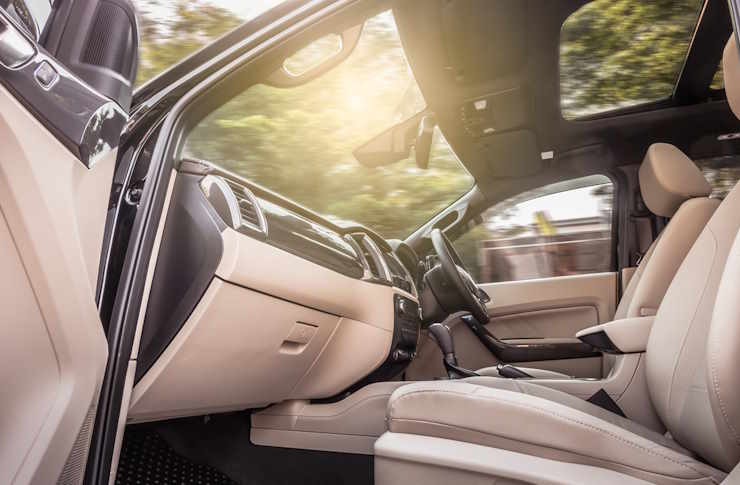Unfolding the Potential of Augmented Reality in Automotive Industry
The world of automobiles is about to get a futuristic twist as augmented reality (AR) starts to rev up its engines. Brace yourselves as we delve into the exciting juncture where digital innovation meets automotive prowess. Augmented reality, a technology that overlays digital information onto the physical world, has been making waves in various sectors, from gaming to retail. Its entry into the automotive world, though not as widespread, is equally impactful.

AR’s journey in the automotive sector began in the early 2010s when car manufacturers began experimenting with AR for marketing purposes. Brands like BMW and Volkswagen used AR to provide potential customers with interactive and immersive experiences of their vehicles. Over time, this technology has evolved and integrated deeper into the automotive world, opening up exciting possibilities for drivers, passengers, and manufacturers.
Current Trends: AR Takes the Driver’s Seat
Today, AR is rapidly moving from marketing gimmicks to practical applications within vehicles. One of the most promising trends is the development of AR-based heads-up displays (HUDs). These offer real-time data overlay on the windshield, including navigation instructions, speed, and other critical alerts, thereby minimizing driver distraction.
AR is also transforming vehicle maintenance and troubleshooting. Apps can now guide car owners through basic maintenance tasks, using AR to overlay instructions onto the car’s actual components. This not only empowers car owners but also reduces the reliance on professional mechanics for minor issues.
Impact, Benefits, and Challenges of AR in Automotives
The impact of AR in the automotive industry is profound. Safety is one of the most significant benefits, with AR HUDs reducing driver distraction. Additionally, AR maintenance apps can ensure vehicles are kept in optimal condition, potentially reducing breakdowns and accidents.
However, the challenges are equally significant. Integrating AR into vehicles requires significant investment in hardware and software development. There are also concerns about data security, given the amount of personal data AR systems may handle. Finally, there is the challenge of ensuring AR does not become a distraction in itself, with drivers potentially overwhelmed by too much information.
Research-Backed Insights: The Future of AR in Automotives
Research indicates a strong future for AR in the automotive industry. According to a report by Grand View Research, the global market for automotive AR and VR is expected to reach USD 673.6 million by 2025. The report suggests that increased safety, better navigation, and improved vehicle maintenance are the key drivers of this growth.
AR – The New Powertrain of Automotive Innovation
In conclusion, augmented reality is poised to redefine the automotive world. While there are challenges to overcome, the potential benefits of AR for driver safety and vehicle maintenance are too significant to ignore. As we steer towards a future where digital and physical realities intertwine more closely, AR in automotives promises a thrilling ride for all.



